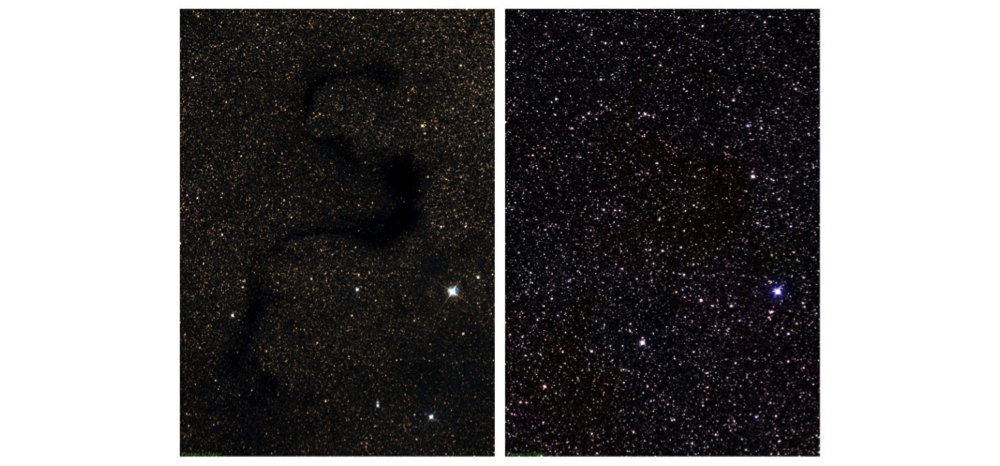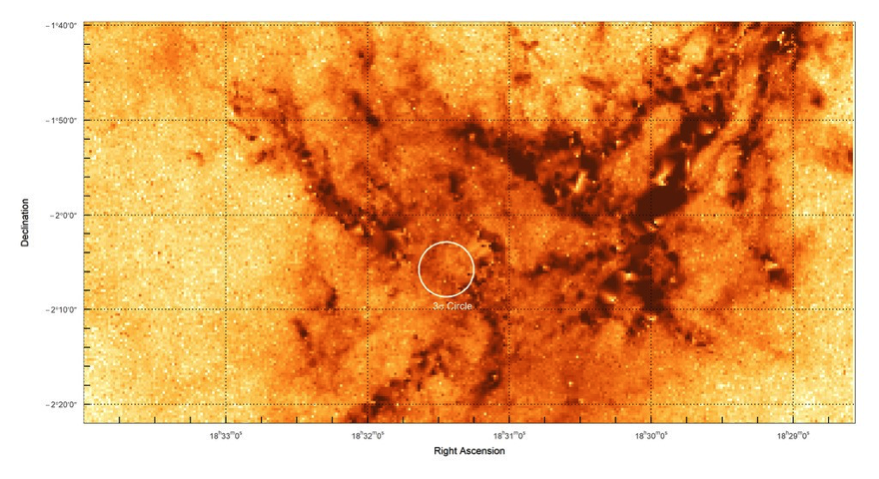Our galaxy is home to not just hundreds of billions of stars (including our Sun, whose light and heat makes life on Earth possible), but also giant clouds of dense, cold molecular hydrogen gas. These clouds span tens of light years, and can be hundreds of thousands of times more massive than our Sun. They are also the birthplaces of stars; portions of them can become gravitationally unstable, and collapse inward, leading to the formation of a cluster with hundreds, if not thousands, of young stars.
As the stars go through their growing pains, they eject gas in outflows, drive vigorous stellar winds, and emit intense, ionizing ultraviolet radiation. Powerful stuff!
All of these phenomena disrupt the molecular cloud from within, and cause it to dissipate. With not enough gas mass to gravitationally bind the individual stars together, the cluster breaks apart over millions of years and the stars disperse into the galaxy.
Although this broad outline of star formation is understood, there are still many details left to be worked out. One of the big unknowns is this: If you start with a giant molecular cloud, what physical processes constrain its collapse and fragmentation to form the distribution of stars that we see in our galaxy today? That is, why do we get many more lower-mass, cool stars and far fewer high-mass, hot stars? Moreover, why do different clouds of gas lead to similar distributions of stars even when they are located in parts of the galaxy with dissimilar environments?
One of the difficulties of studying the youngest star clusters is that they are nestled within the molecular gas cloud that gave birth to them. The surrounding gas and dust partially or fully obscure the starlight.
However, observations in the infrared can help. Infrared light pierces through intervening gas more easily than the visible wavelengths our eyes are sensitive to (Fig. 1).
In recent years, astronomers at ground-based observatories have mapped large swaths of the sky in the near-infrared (light with wavelengths that are two to three times longer than what our eyes can detect). This survey data, collected with the same telescope and instrument, allows us to make a uniform comparison of different star-forming regions.

By examining the near-infrared colors of the surveyed stars, we can infer how much intervening gas and dust is still obscuring the stellar light before it arrives at our detectors on Earth. We can create maps like that shown in Fig. 2 for the star-forming region W40, located in the constellation of Aquila. The cloud is revealed to be filamentary and clumpy, details not apparent in visible light images.

Astronomy is not an experimental science: we cannot run experiments on stars and gas clouds.
What we can do is create models of clusters of stars on a computer, evolve them over time, and compare them with those we have observed. Numerous simulations like this help us test the effect things like the amount of screening done by dust and gas between us and the stars has on our observations. We can try to determine whether star formation takes place continuously over a long period, or whether it happens as one intense burst. Finally, we can compare different models of stellar evolution, and see which ones come closest to describing reality.
Our observations give us only a brief snapshot of a star's lifetime, which ranges from millions to billions of years in length. Nevertheless, by observing star clusters throughout our galaxy that are at different stages of their evolution and comparing them to detailed simulations, we can continue to fill in the gaps in our knowledge about how stars form.